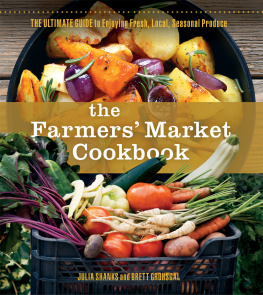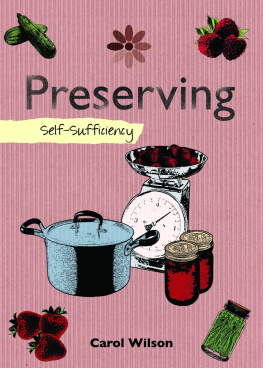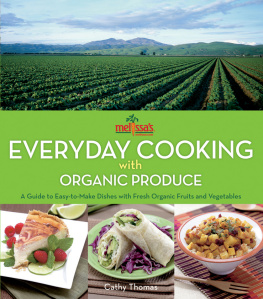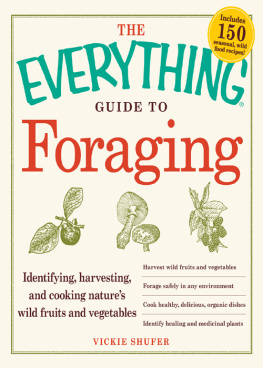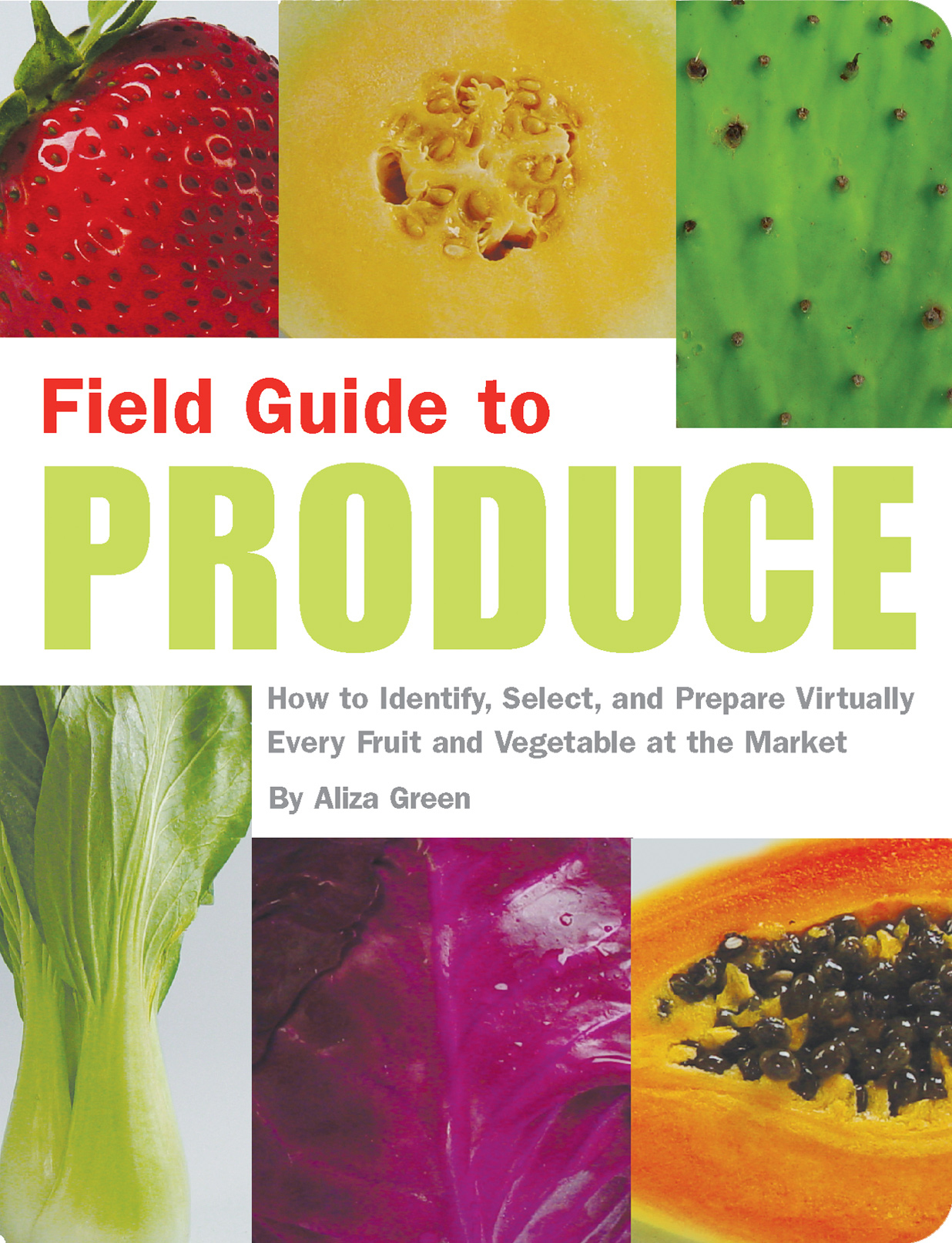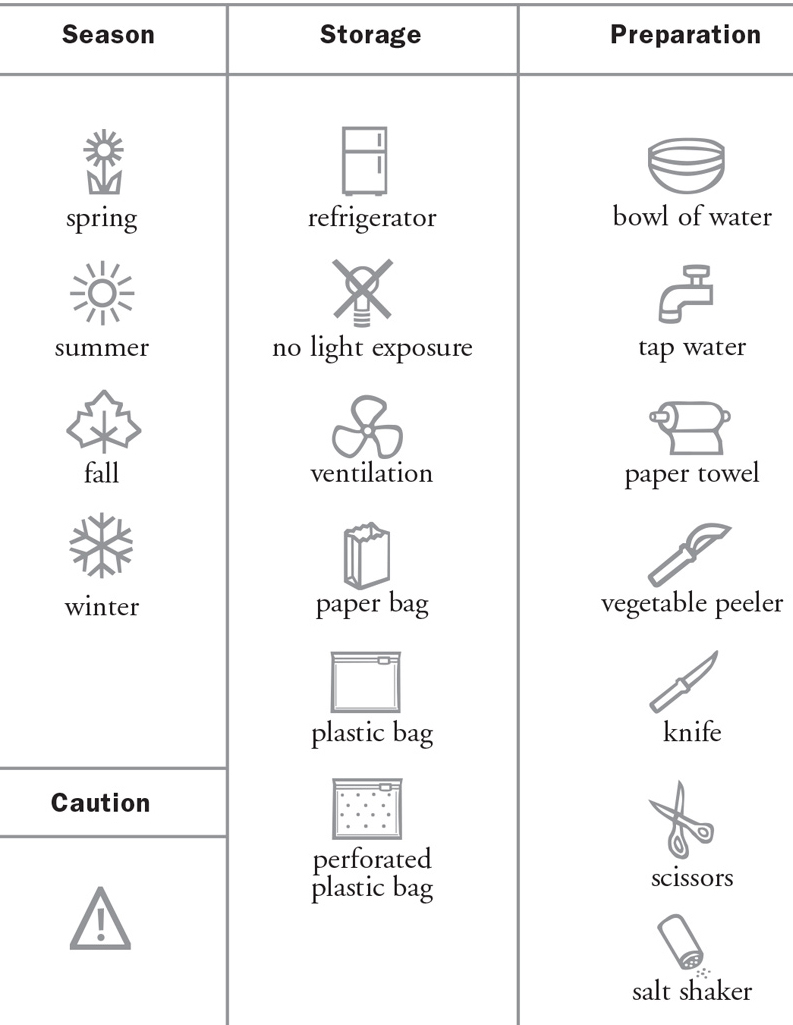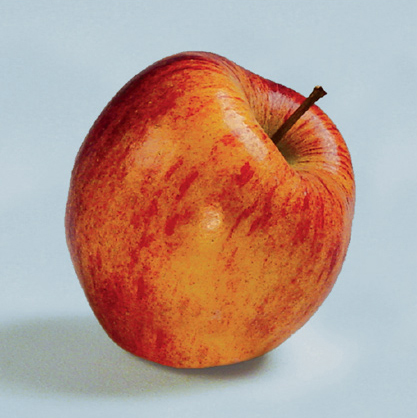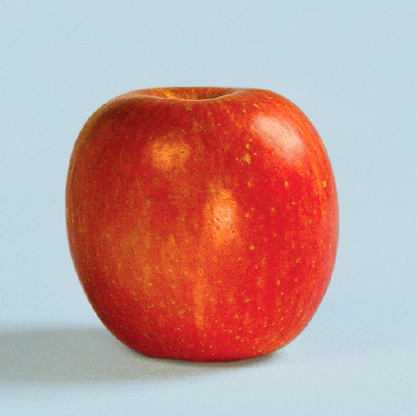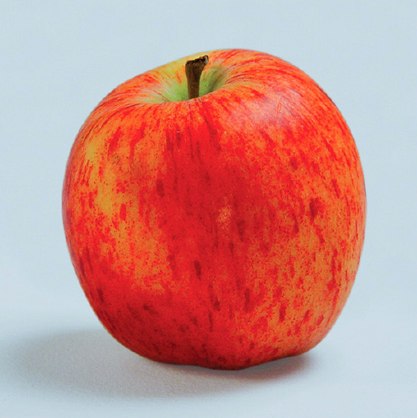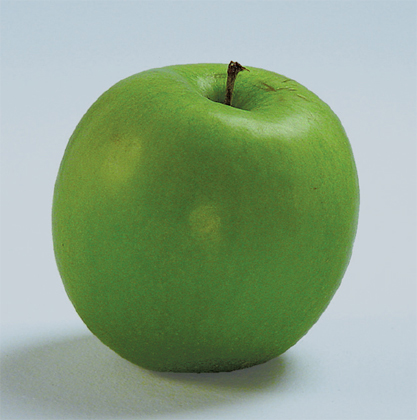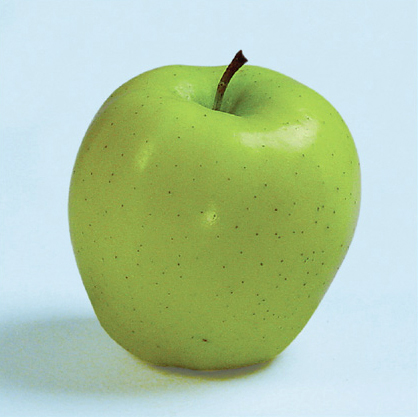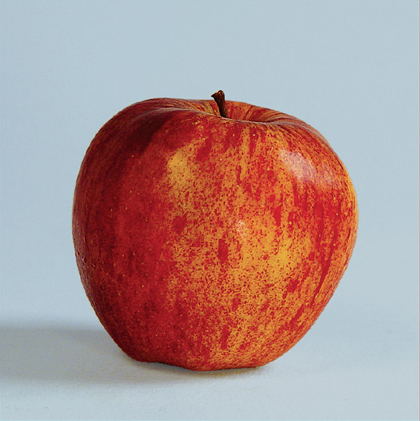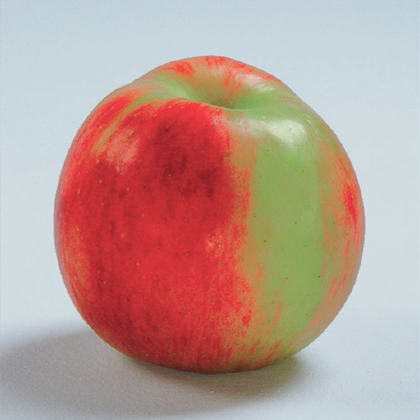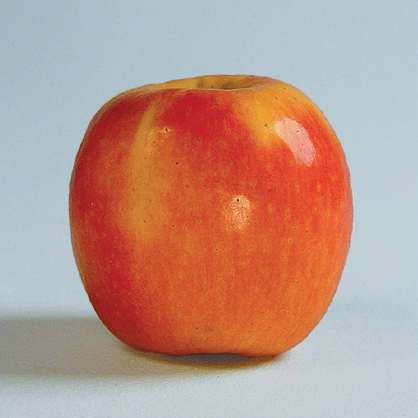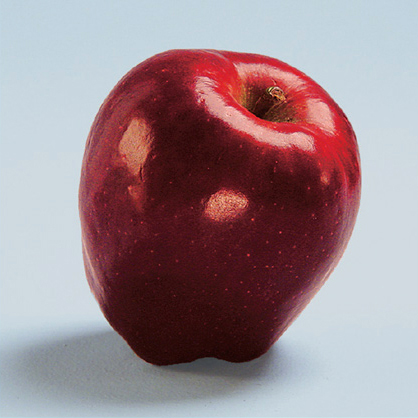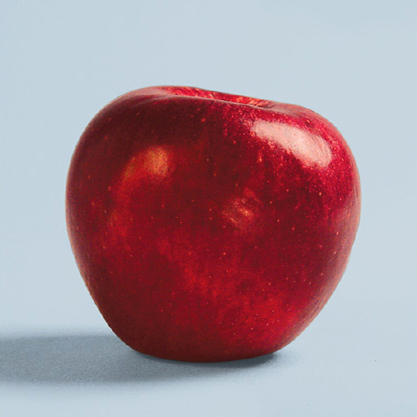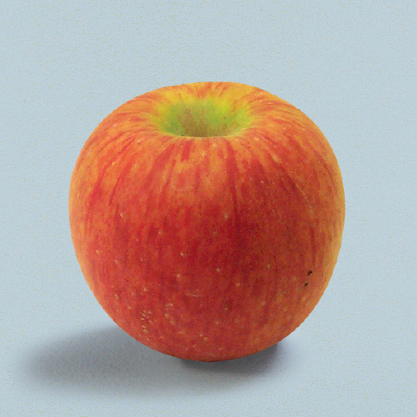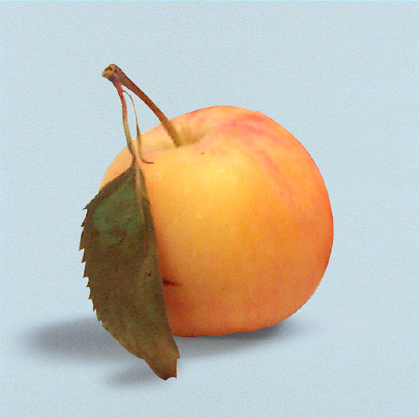Aliza Green - Field Guide to Produce: How to Identify, Select, and Prepare Virtually Every Fruit and Vegetable at the Market
Here you can read online Aliza Green - Field Guide to Produce: How to Identify, Select, and Prepare Virtually Every Fruit and Vegetable at the Market full text of the book (entire story) in english for free. Download pdf and epub, get meaning, cover and reviews about this ebook. year: 2004, publisher: Quirk Books, genre: Home and family. Description of the work, (preface) as well as reviews are available. Best literature library LitArk.com created for fans of good reading and offers a wide selection of genres:
Romance novel
Science fiction
Adventure
Detective
Science
History
Home and family
Prose
Art
Politics
Computer
Non-fiction
Religion
Business
Children
Humor
Choose a favorite category and find really read worthwhile books. Enjoy immersion in the world of imagination, feel the emotions of the characters or learn something new for yourself, make an fascinating discovery.

- Book:Field Guide to Produce: How to Identify, Select, and Prepare Virtually Every Fruit and Vegetable at the Market
- Author:
- Publisher:Quirk Books
- Genre:
- Year:2004
- Rating:5 / 5
- Favourites:Add to favourites
- Your mark:
Field Guide to Produce: How to Identify, Select, and Prepare Virtually Every Fruit and Vegetable at the Market: summary, description and annotation
We offer to read an annotation, description, summary or preface (depends on what the author of the book "Field Guide to Produce: How to Identify, Select, and Prepare Virtually Every Fruit and Vegetable at the Market" wrote himself). If you haven't found the necessary information about the book — write in the comments, we will try to find it.
The perfect companion for every shopper, Field Guide to Produce offers tips for selecting, storing, and preparing everything from apples to zucchini.
When an unfamiliar edible appears on your grocers shelf, simply flip through the full-color insert until youve found its photograph. Turn to the corresponding page to discover its country of origin, common uses, and season of harvest.
This practical guide includes more than 200 full-color photographs of the worlds most popular fruits and vegetables, cross-referenced to in-depth descriptions and selection tips. Step-by-step preparation directions tell you whether the item must be peeled, washed, trimmed, or blanched. Grocery shoppingand dinnerwill never be the same again!
Aliza Green: author's other books
Who wrote Field Guide to Produce: How to Identify, Select, and Prepare Virtually Every Fruit and Vegetable at the Market? Find out the surname, the name of the author of the book and a list of all author's works by series.

